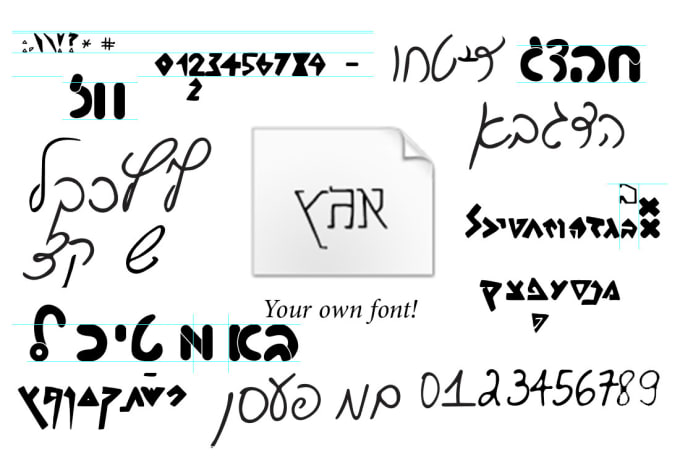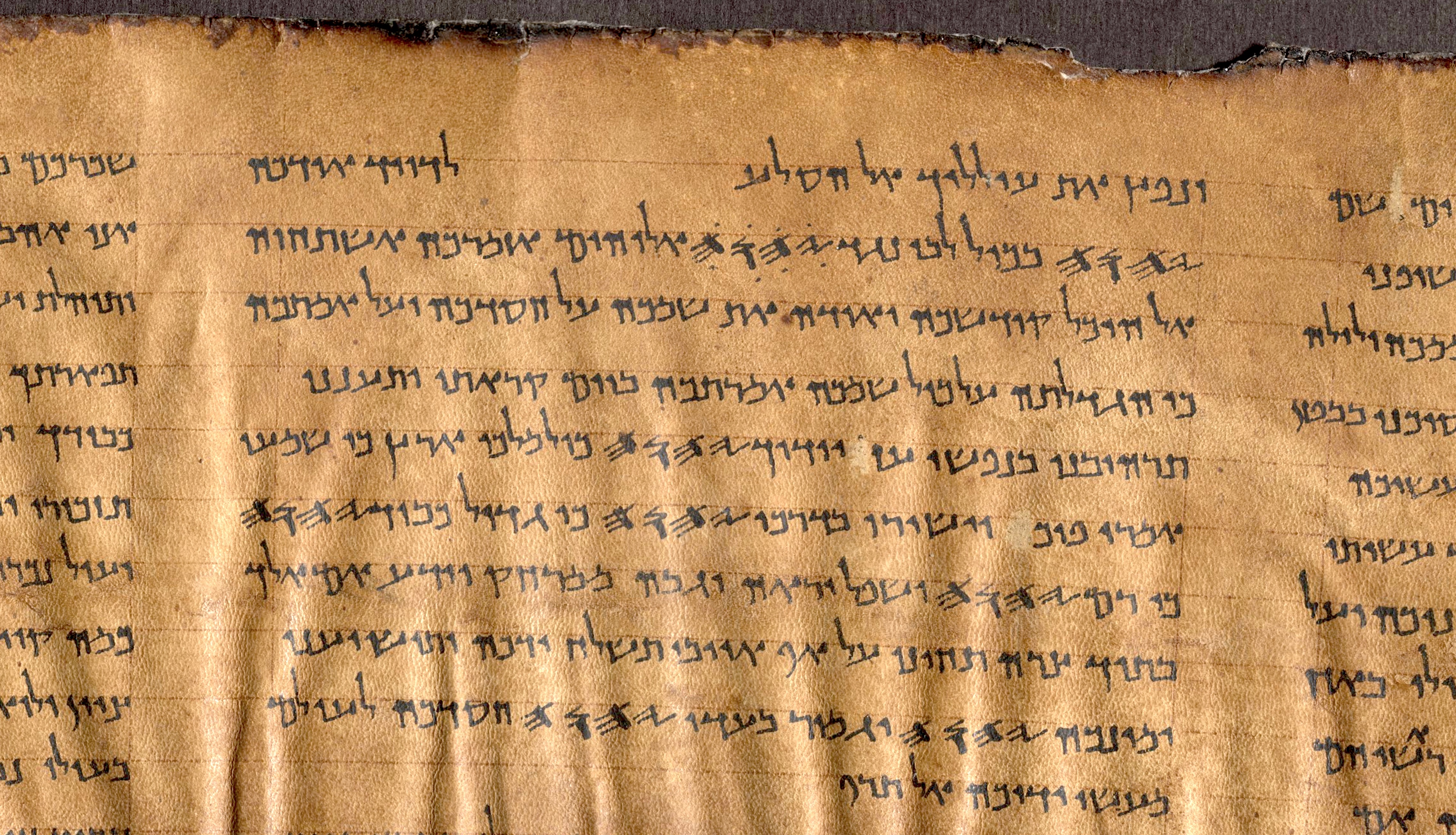
- #OLD HEBREW FONT MANUALS#
- #OLD HEBREW FONT INSTALL#
- #OLD HEBREW FONT CODE#
- #OLD HEBREW FONT LICENSE#
- #OLD HEBREW FONT DOWNLOAD#
#OLD HEBREW FONT MANUALS#
The Society of Biblical Literature has also made available on its website a set of application files, keyboard drivers and technical manuals for those who wish to use the SBL Hebrew font in word-processing applications running in Windows 2000 and later. In the window that opens, use the tree diagram to navigate to the directory where you saved the TTF file (SBL_Hbrw.ttf in this case), then highlight the file name and click OK.
#OLD HEBREW FONT INSTALL#
From the drop-down FILE menu of that window choose INSTALL NEW FONT. Double-click on FONTS to open the font directory window. To install the font on your Windows system, from the START button go to SETTINGS and select CONTROL PANEL.
#OLD HEBREW FONT DOWNLOAD#
To download the font, right-click here, select "save target as," and save the file to the Windows directory of your hard drive.
#OLD HEBREW FONT LICENSE#
Do not install the font unless you are willing to accept the license terms. Classical Hebrew was spoken between the 11 th and 6 th centuries BCE in various. Hebrew is spoken by some 5 million people mainly in Israel. It belongs to the Semitic branch of the Afro-Asiatic language family, along with languages such as Arabic and Amharic. Hebrew was later displaced as a vernacular language, mainly by Aramaic. More importantly, it is significant to use for biblical history that happened a long time ago. Hebrew font is an old font type used to emphasize the statements for personal or commercial purposes.


Classical Hebrew was spoken between the 11 th and 6 th centuries BCE in various forms and was used to write the Hebrew Bible, which is the basis of the Christian Old Testament. Hebrew font is commonly seen in the bible, historical books or even for Hebrew people as well. It may be freely distributed for non-commercial purposes in accordance with the End User License Agreement. Hebrew () is the official language of Israel and the liturgical language of Judaism. Hebrew is spoken by some 5 million people mainly in Israel. The SBL Hebrew font is a clean and versatile unicode font (in OpenType TTF format) provided as a free service to scholars by the Society of Biblical Literature. But in the end: if you plan to sight-read Greek manuscripts, maybe the way to go would be to look at images of those manuscripts rather than to read NA28 in font that looks like a specific papyrus (after all, the next scribe's papyrus copy might look different again).SBL Hebrew Font Bible Research > Fonts > SBL Hebrew Font You need to install the BibleWorks Hebrew font (BWHEBB) to your font registry in. A heavily customized visual filter might help to emulate those. CHALOT (A Concise Hebrew and Aramaic Lexicon of the Old Testament). Greek bibles now use punctuation, spaces between words and sentences, and spell out words that scribes in antique times would abbreviate (such as nomina sacra like theos, christos and others). On the other hand: even if you had such an antique-looking Greek UNICODE font, it wouldn't be the same. Thus when you copy any English text from Logos into Word, and reformat to those last-century Greek-looking fonts, it will become gobberish but looking Greek, whereas when you copy actual Greek text from Logos to Word and reformat in those fonts, they come up blank.
#OLD HEBREW FONT CODE#
In this century, and with Logos, systems use UNICODE, which has more than 128 places in its code table and thus Greek alpha has its own place - which is empty in the old fonts (I also checked one free font that claims to emulate P39, same there). In the 1980s with ASCII being the only font table around. Some quirky mappings for Greek characters that have no equivalent in Latin alphabets, such as Phi,Chi, Psi and end-sigma, just pick any Latin char that has no equivalent in Greek. Sefarad is a Hebrew simulation font, so-called because in Medieval times Sefarad was the name given to Spain by the Hebraic people that lived there during. In the Talmud (Sanhedrin 22b 23a and more) we find the Assyrian font Ktav Ashuri - that is the Hebrew font used for the Sefer Torah we write today.

Basically it puts a kind of (ancient looking) Alpha character into the font table where the English (actually Latin) A should be, a Beta character where the B should be and so on.

It was created by AHRC many years ago (before any ancient Hebrew fonts existed on. If your Papyrus 75 font is the one I have seen on the web at, it uses the "bibleworks key-mapping" technique from somewhen in the last century. Early Semitic: This font is similar to the Ancient Hebrew font above. This is because they are not UNICODE fonts.


 0 kommentar(er)
0 kommentar(er)
